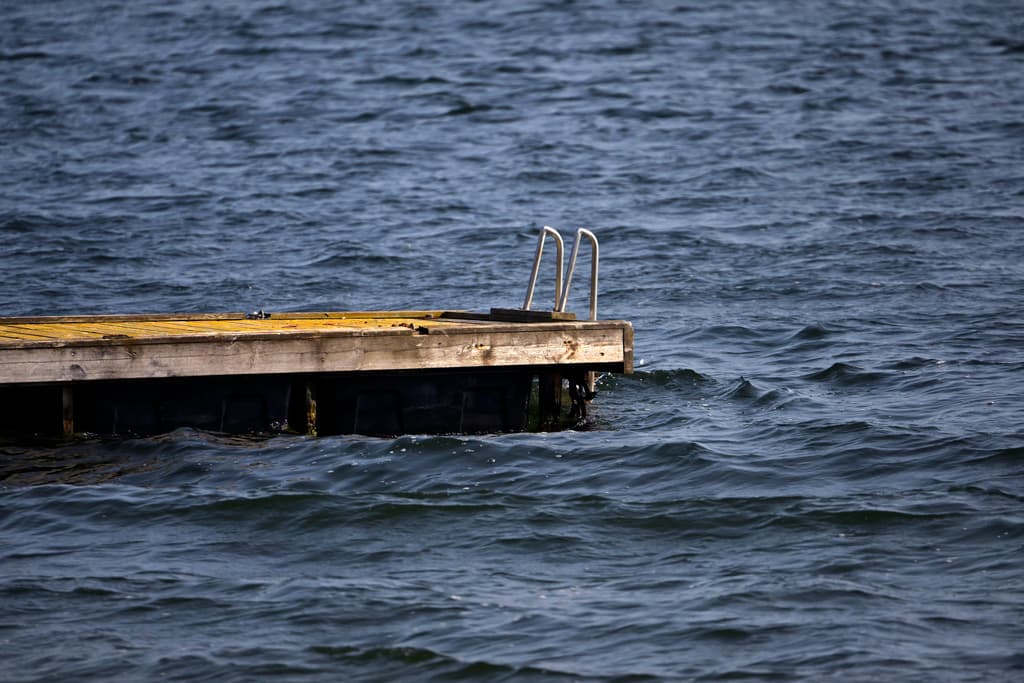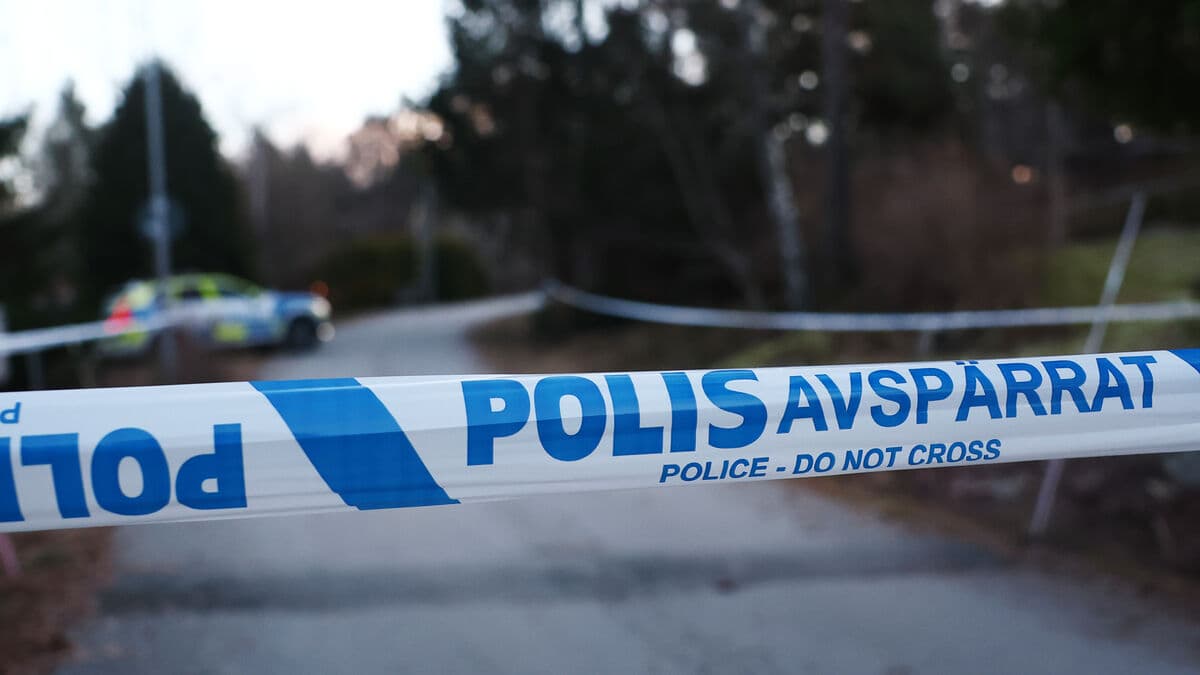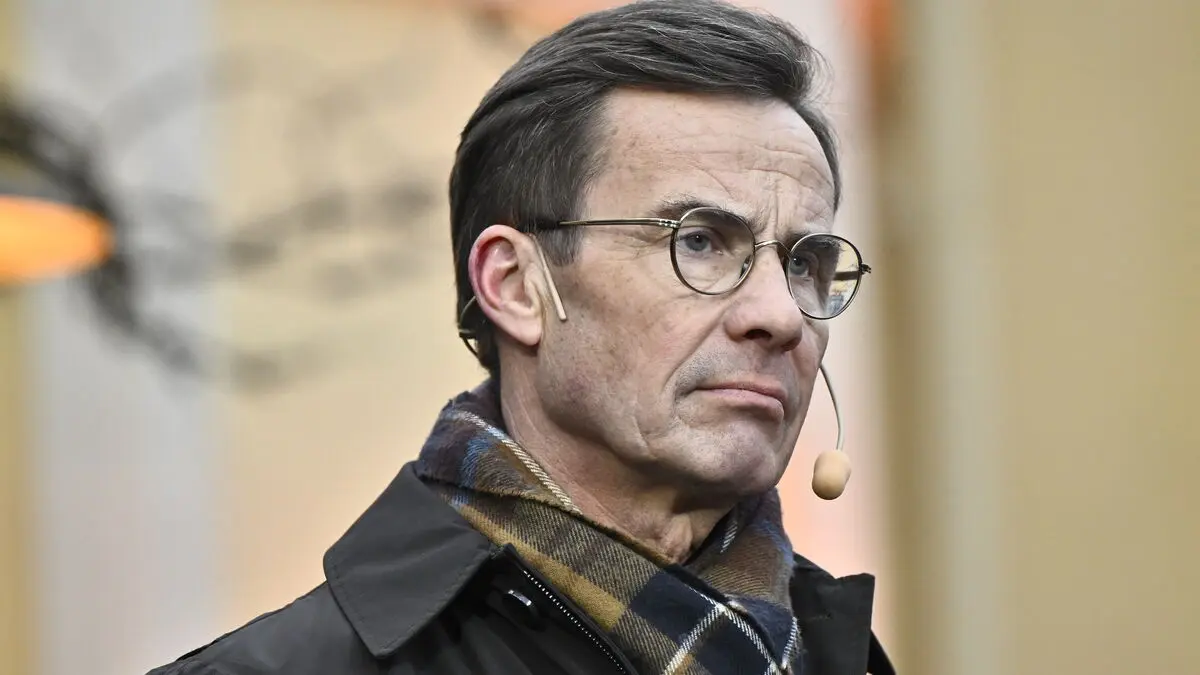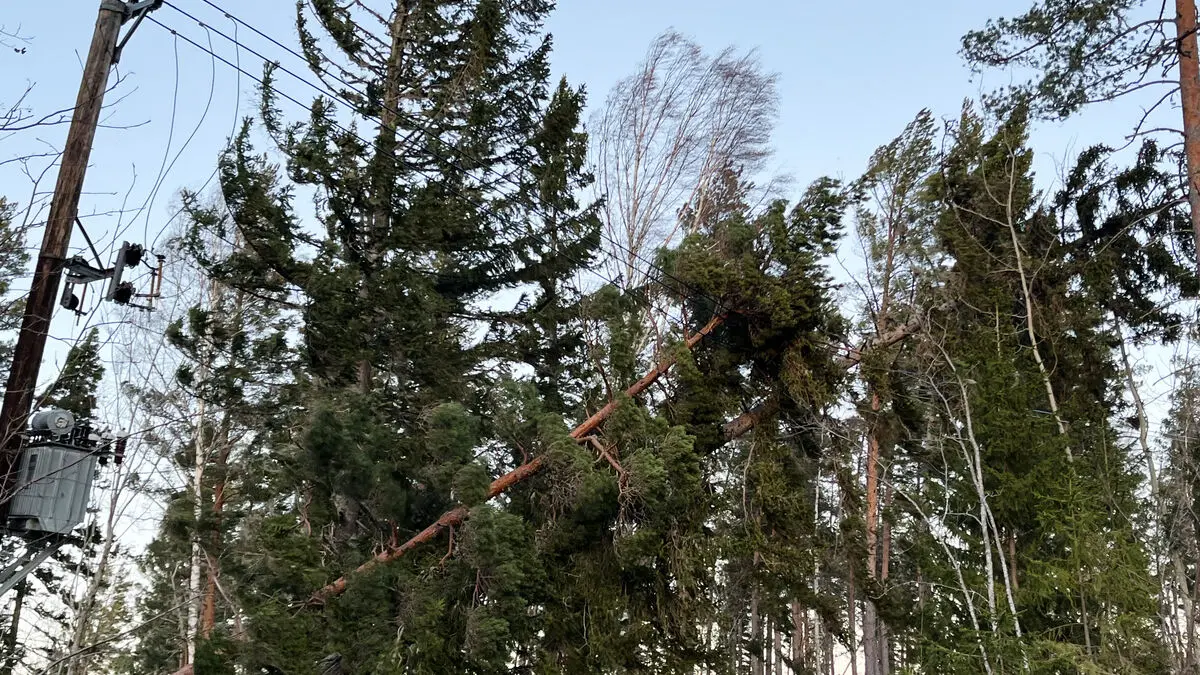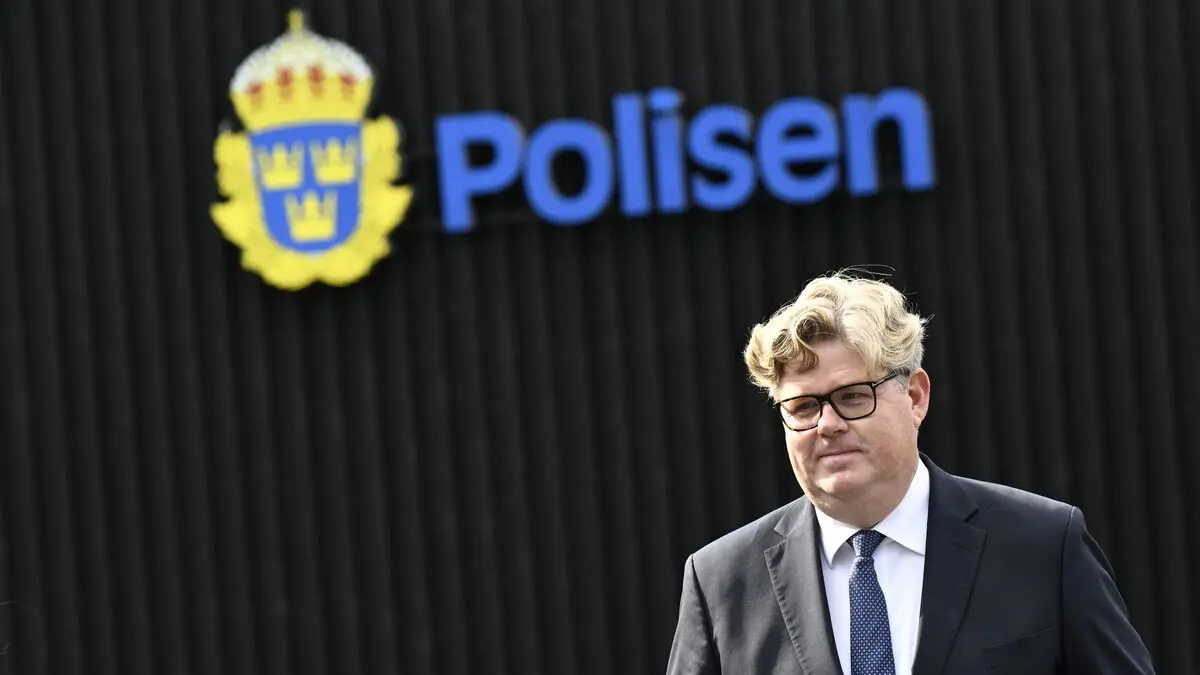Stricter rules for bottom trawling in the Baltic Sea are a step forward – but not large enough to protect the fish, experts say.
The boundary for where trawling is allowed will be moved from four to twelve nautical miles off the Östersund coast. And in protected marine areas, bottom trawling will be completely banned. These are some of the proposals in the government's marine environment bill aimed at protecting fish stocks.
Nature Conservation Association views the limitation of bottom trawling as positive to protect herring and cod.
"A decision to stop all bottom trawling in protected areas would be a very big step forward," says chairman Beatrice Rindevall in a comment.
The question is whether Sweden's neighboring countries or the EU can stop the plans to expand the trawling boundary and ban bottom trawling in protected areas. Rural Affairs Minister Peter Kullgren (KD) admits that Sweden must get other countries on board.
Getting other countries on board with reduced bottom trawling may be difficult, believes Daniel Valentinsson, who researches aquatic resources at SLU.
Valentinsson argues that the government's actions are in the right direction, but that they do not go far enough to save the cod. This because the decisive factor is the total quotas for fishing, which are decided jointly within the EU.
Even Konrad Stralka, CEO of the Baltic Waters Foundation, welcomes a relocation of the trawling boundary, but believes it should be moved even further out in certain areas, such as off the coast of Blekinge and Gävle, to protect spawning fish.
To counter the Baltic Sea's major problem of eutrophication, which has led to over 20% of the bottom being oxygen-free, a new milestone will be introduced to 2030.
Whether the new measures will be enough is difficult to determine, according to Stralka:
